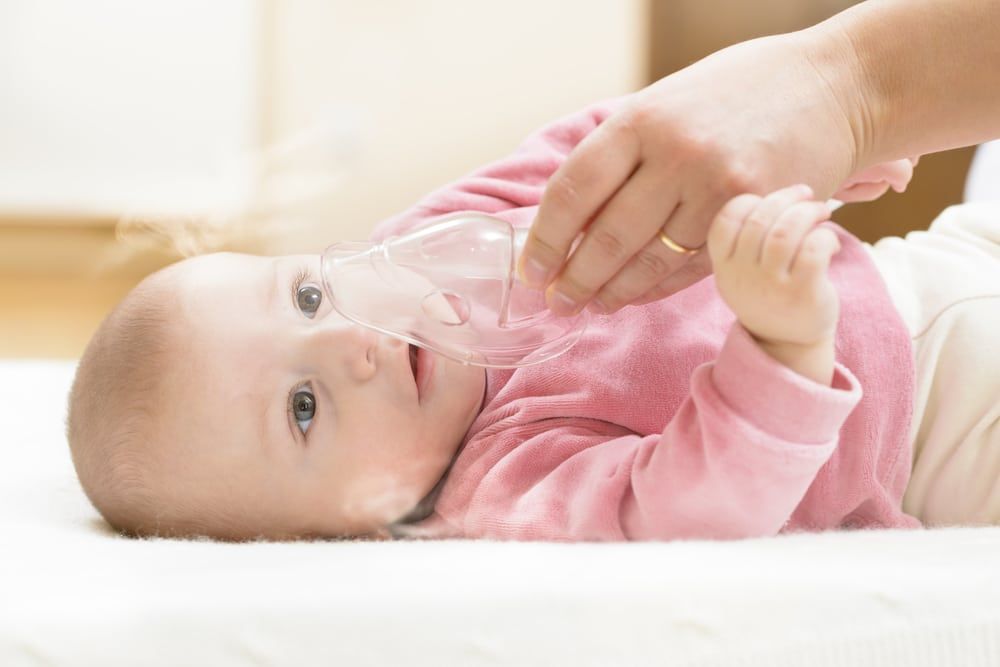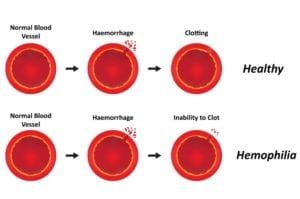Bronchiolitis is a lung infection common in young children and infants. It most often occurs before age two and peaks in children between ages 3 and 6 months. It is nearly always caused by a virus, such as RSV, the flu, and rhinovirus. When a child has bronchiolitis, the airways become swollen, inflamed and filled with mucus, resulting in breathing difficulties.
Did you know…
that RSV is responsible for approximately half of all cases of bronchiolitis in children? RSV is highly contagious and is most prevalent during the cold winter months and during early spring. Infants and young children in schools and childcare centers are at highest risk of contracting RSV, as the virus is easily spread through airborne droplets. Parents can help prevent RSV and other viruses that cause bronchiolitis by utilizing frequent and proper hand-washing. Parents should also keep children away from cigarette smoke, as second-hand exposure increases a child’s risk of developing bronchiolitis.
Frequently Asked Questions
What are the symptoms of bronchiolitis?
Bronchiolitis symptoms typically last under two weeks, though severe cases can cause a persistent cough for many weeks. Children with bronchiolitis will have symptoms similar to those of a cold, including a cough, low-grade fever, nasal stuffiness, and a runny nose. These symptoms may or may not be accompanied by wheezing.
When should my child see a doctor for bronchiolitis?
Children should see a doctor when bronchiolitis becomes severe or persists for long periods of time without resolving. Parents should seek medical attention for a child who experiences high fever, changes in breathing, a rapid pulse, difficulty sleeping, lethargy, poor appetite or apnea. Children with bronchiolitis also require immediate medical attention if they become dehydrated or develop blue skin around the lips and fingernails.
How will a pulmonologist treat bronchiolitis?
Because bronchiolitis is caused by viral infections, antibiotics are not an effective form of treatment. Most children can recover at home with plenty of rest, fluids and an in-room humidifier. However, children who are experiencing severe cases of bronchiolitis may require hospitalization, intravenous fluids and oxygen supplementation. Rarely a child may require the assistance of a respirator to breathe until the condition begins to improve.











































































































































































































































































































